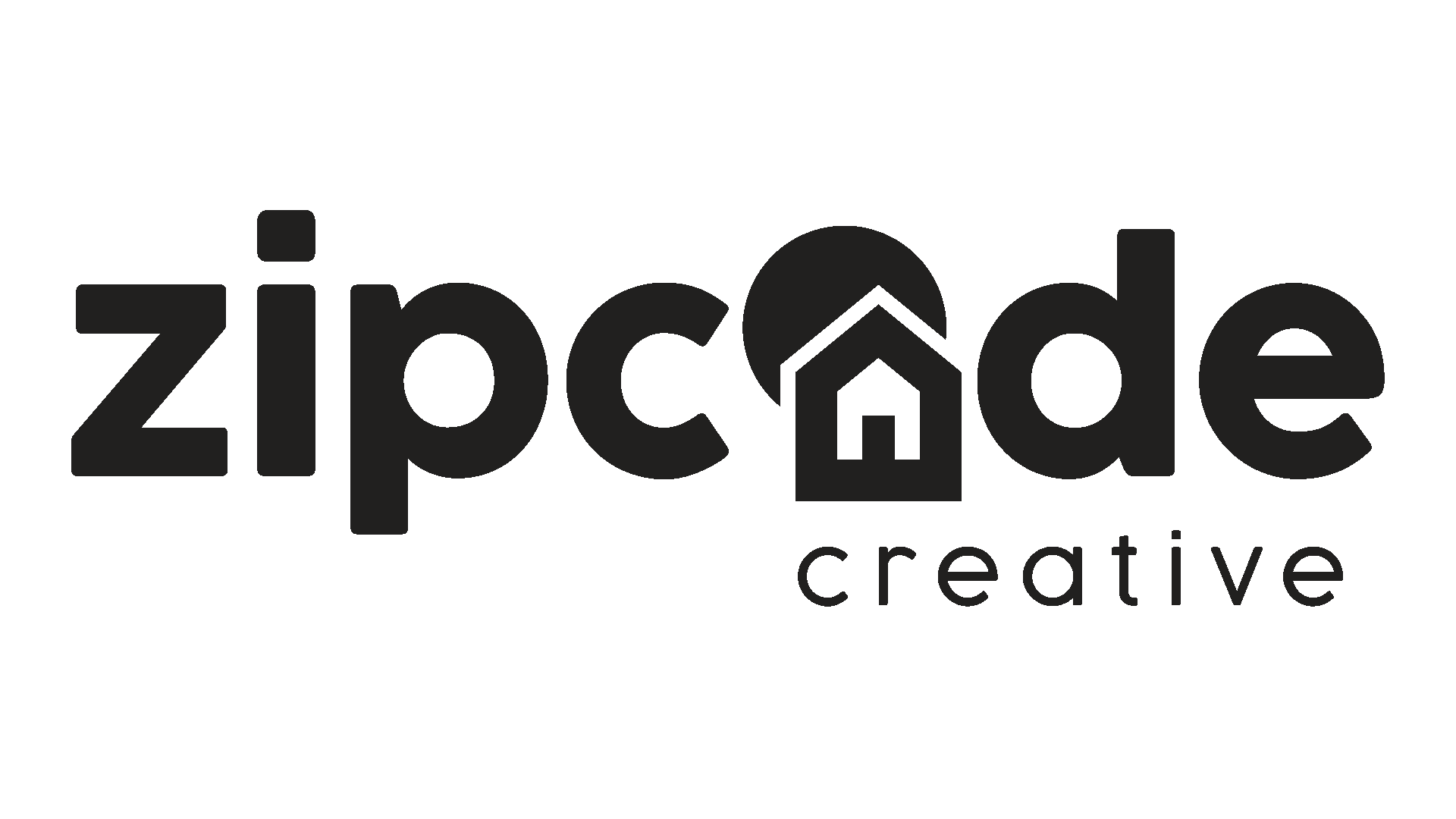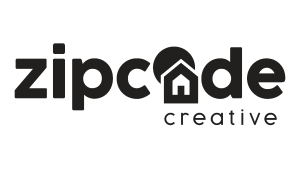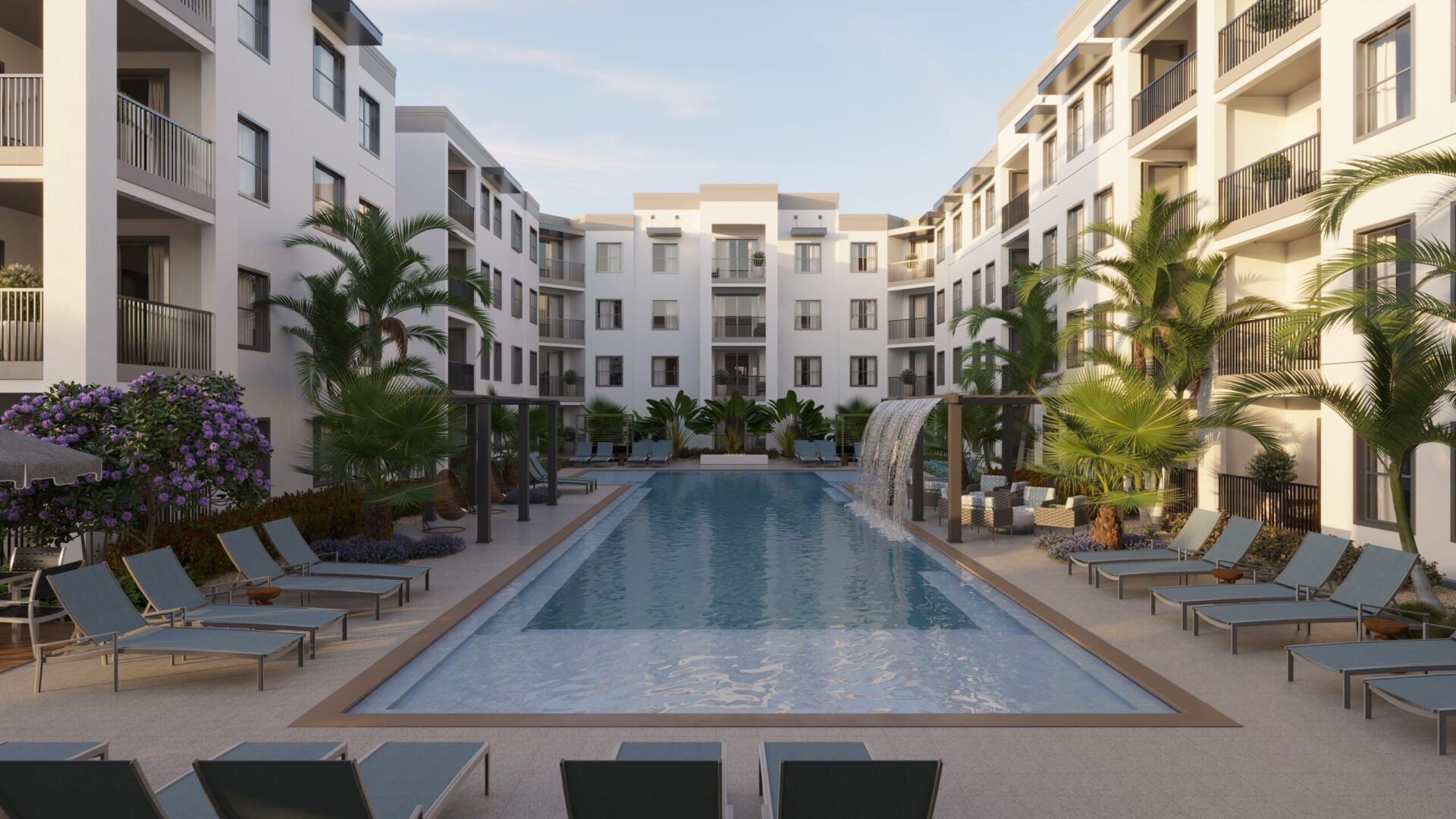
Photorealistic Renderings—A Game Changer for New Development Leasing
Stacey Feeney
On the back of a napkin, a quick sketch. In Microsoft Paint, a quick pixel-by-pixel outline of a future blueprint. A developed architectural drawing of the elevation. And today: A soft-ware generated, photorealistic rendering for multifamily marketing.
What does it all mean?
We’ve come a long way, for one!
Photorealistic renderings create 3D images of a project design. Those images are based on 3D models. The computer software is used to first create a virtual model of the building structure(s) and then light, texture, and the environment around it is introduced—think plants, the sky, people.
Photorealistic renderings in multifamily marketing provide near-perfect ideals of interiors and exteriors of apartment communities.
Because of Stacey’s (Zipcode Creative’s founder) background in professional architectural photography, photorealistic renderings are our jam. Not because they’re not real photos, but because they capture the ultimate for a project.
Photorealistic renderings have the capacity to bring a project fully to life, getting it out of the designer’s head, and in front of the residents’ eyes. It showcases the design, like never before—especially when you incorporate 360 views.
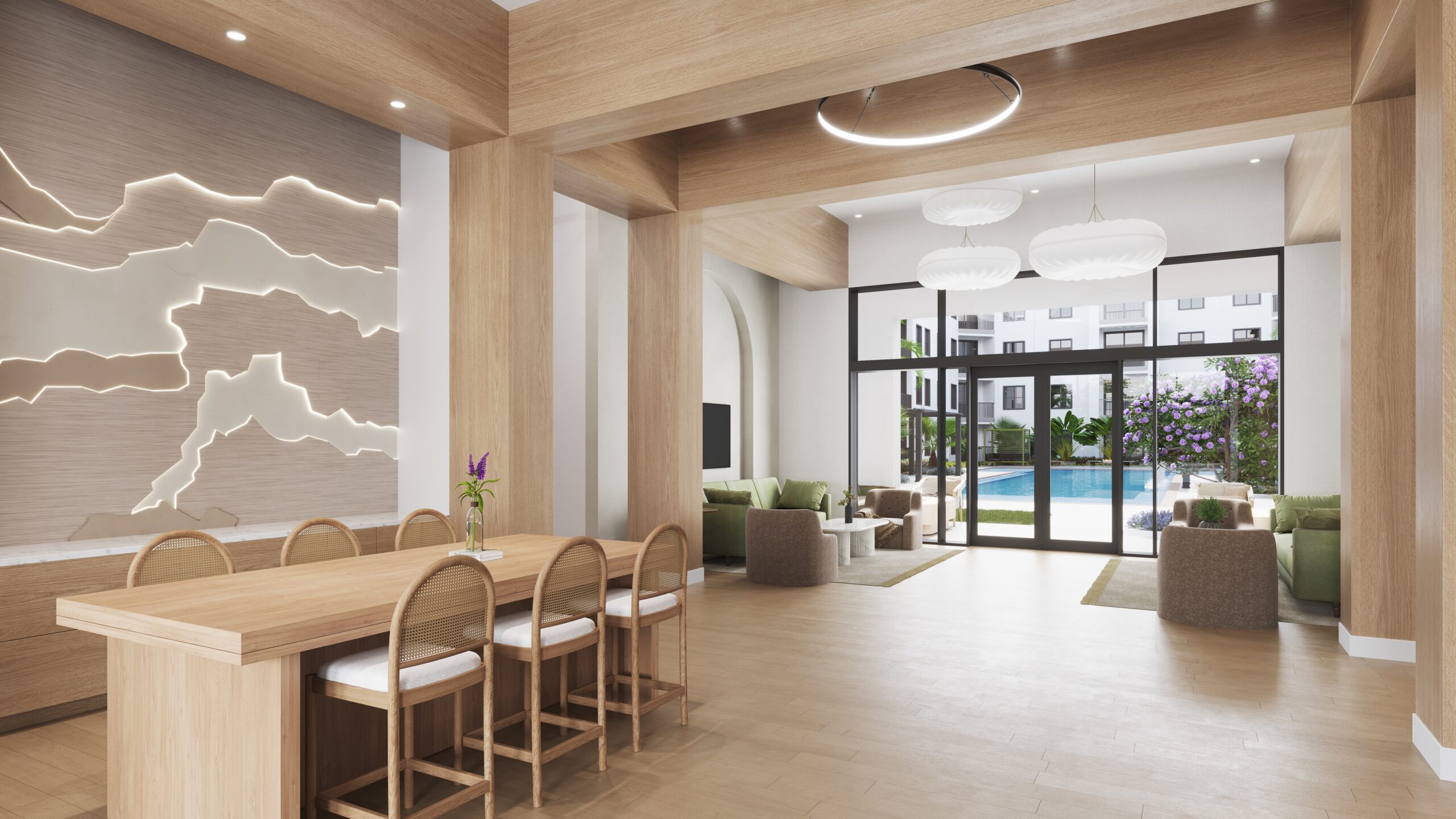
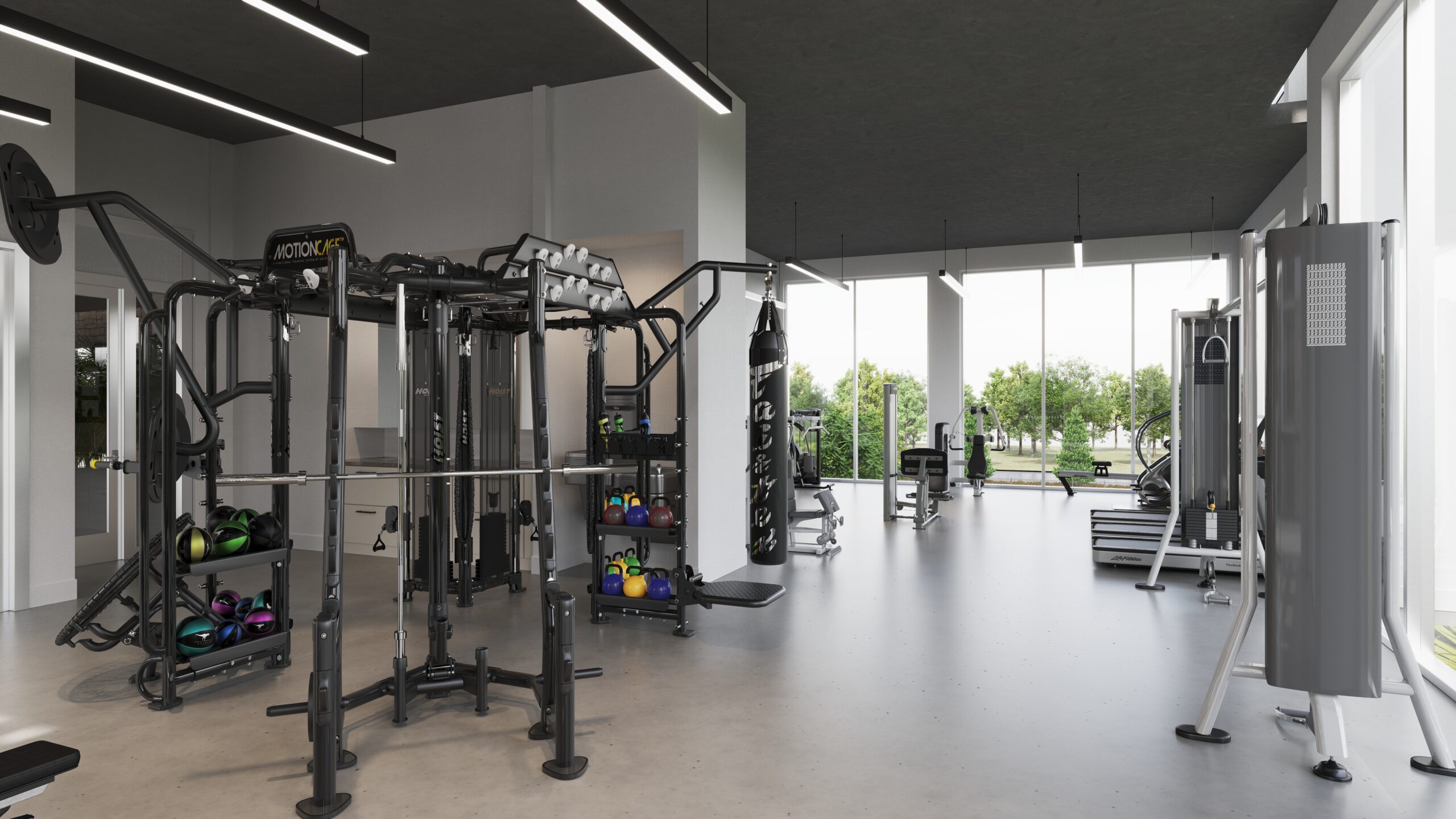
Power of Photorealistic Renderings
Your prospective residents may just want to come “kick the tires”—but what if your building isn’t built yet? A new development can certainly gain some power of persuasion through photorealistic renderings thanks to both 1) accuracy and 2) efficacy.
ACCURACY
Remove uncertainty in your prospects’ minds by accurately displaying where they’ll eventually live—right down to the way the sun shines in the window on the tufted couch in the clubhouse.
CONTROL
What’s even better is the amount of control you can execute over the image. You control the lighting, the weather, and the surroundings. No random pieces of trash blowing by, or a hose that wasn’t put away. Ideal!
EFFICACY
With improved visualization (how’d you get that perfect shot?) you can use the images for any phase of your apartment marketing: pre-leasing? Check. Long-term marketing when you’re working on retention? Also check. The images you get through photorealistic renderings are the ideal shot.
With 2D drawings or plans, only a portion of your prospects can “see” it—sometimes it falls short or gives the wrong idea. But with photorealistic renderings, your prospective residents are able to visualize every piece of the community because it’s right in front of them.
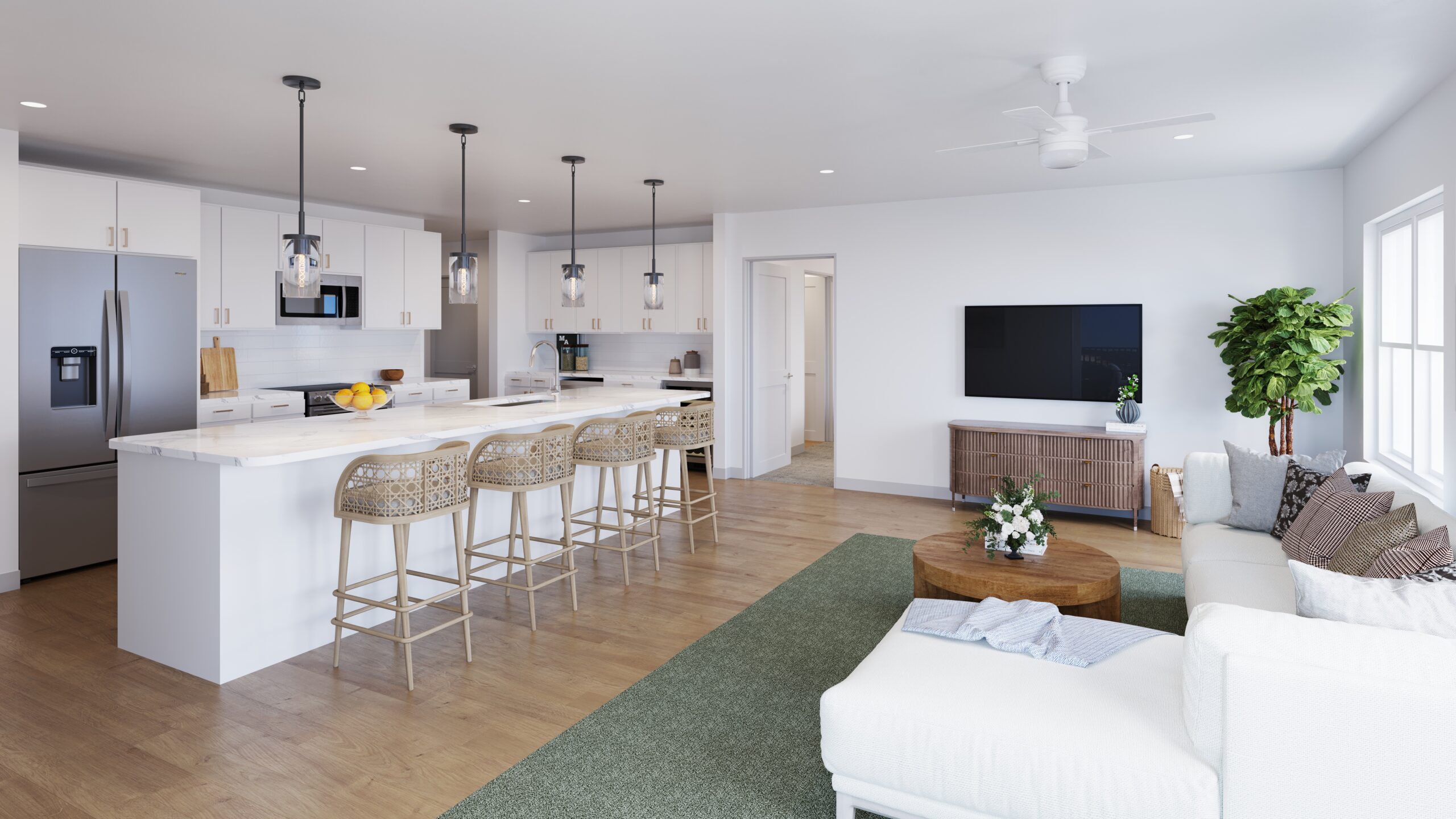
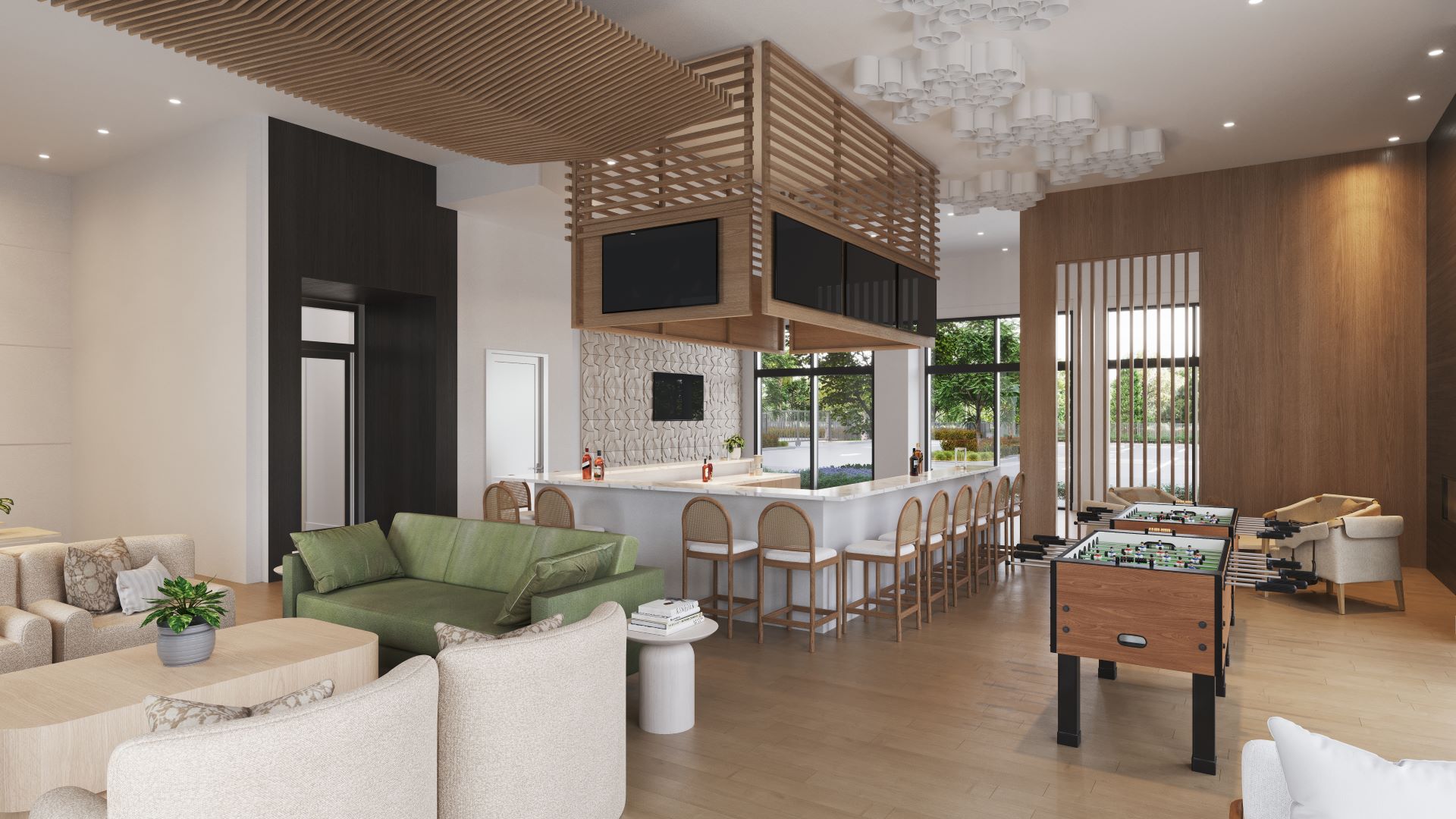
Building Trust Through Realism
Potential residents’ trust can increase when you use photorealistic renderings for your multifamily marketing. Blurring the line between real and fake, your residents feel more confident in leasing since what they see in the rendering is typically what they can truly expect.
Plus, if you’re seeking out investors for a new construction, photorealistic renderings are the icing on the cake. Investors love to see a finished product—and it shows how seriously you’re taking the construction and execution of your beautiful new community.
Enhance Online Search Experience
If you’re a prospect and you search for an apartment community in Plano, Texas, for example, and you see there’s a new community, that might pique your interest. If you click and there are no images whatsoever, that may be a problem. Or worse—a few photos of empty rooms and a lackluster clubhouse with a single folding chair.
Using a rendering can help the online search experience go far more smoothly. Add some visuals, and your resident will be able to picture themselves there—because it looks real!
TYPES OF RENDERINGS
There are a few different kinds of photorealistic renderings, each with a slightly different purpose.
Photorealistic still renderings – These look like photographs of the interior or exterior.
VR Walk through tours – Prospects can digitally tour the property in an online search.
Each of these types of renderings offer a powerful prospect experience. This is particularly true with pre-leasing new constructions. In your early branding efforts as well as in your pre-leasing marketing, these renderings can help you seal the deal. If you get a jump on your branding over a year in advance, and get your marketing up to snuff for pre-leasing, you could feasibly get the first units leased before they’re even delivered. Pure magic.
You can read more about apartment branding by development phase here.
Investment and Returns
Photorealistic renderings for multifamily are amazing—but they come with a significant cost: from $800-$3000 per image for large exterior rendering. The financial investment is likely worth it for your community, though. In seeing the dividends with how many ways you can use it (thanks to its long lifespan): in brochures, on your website, in your virtual tours, as hero images for your giant banners. Count up the number of leases you may be able to get signed by using this technology and take a long look at that marketing budget.
Our Experience with Photorealistic Images
As software improves and the line between real and fake gets blurrier, finding the best artists is necessary—at Zipcode, we handpick our photorealistic artists to ensure you get a top-quality results. With Stacey’s experience in architectural photography (who knows and hates a bad photo), photorealistic renderings in new development leasing are the next frontier.
By investing in high-quality photorealistic renderings for multifamily—literally handing your residents the picture of their ideal community—could put you far ahead of your competitors.
